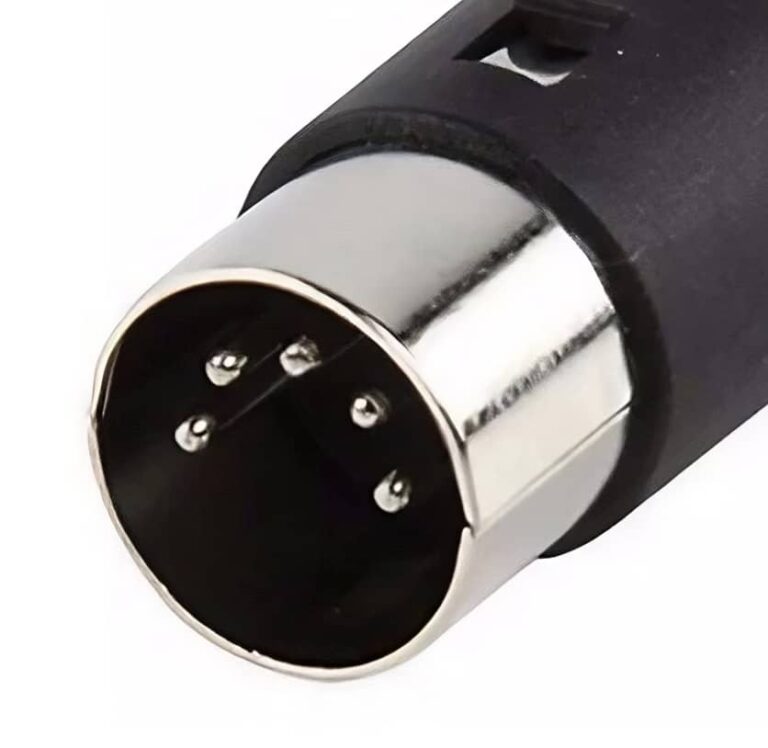The advent of the Musical Instrument Digital Interface (MIDI) cable stands as a pivotal moment in music tech history. This seemingly ordinary cable has revolutionised the way we create and experience music, bridging the gap between man and machine.
The MIDI cable made its debut in the early 1980s, a period marked by rapid technological advancements. It was born out of a need for a standardised language that could facilitate communication between electronic musical instruments and computers. The result was a universal protocol that transformed the landscape of music production.
The genius of the MIDI cable lies in its ability to transmit digital data, not audio signals. This data, encapsulating everything from the pitch and velocity of a note to the modulation of a sound, allowed musicians to control a multitude of devices from a single source. The MIDI cable was no longer just a cable; it was a conduit for creativity.
Over the decades, the MIDI cable has proven its mettle, weathering the storm of technological evolution. Despite the advent of wireless technologies, the MIDI cable remains a staple in music studios worldwide. Its enduring appeal lies in its simplicity, reliability, and the creative freedom it affords.
Today, the MIDI cable is as relevant as ever. It’s the backbone of live performances, enabling artists to synchronise lighting and visual effects with their music. It’s the silent partner in songwriting sessions, allowing composers to layer sounds and create intricate arrangements. It’s the tool that empowers DJs and producers to craft sonic landscapes.
In conclusion, the MIDI cable, a product of the 1980s, continues to shape the music of today. Its journey from a simple cable to a cornerstone of music technology is a testament to its timeless design and unparalleled functionality. As we look to the future, one thing is certain: the MIDI cable will continue to play a starring role in the symphony of technological innovation.




